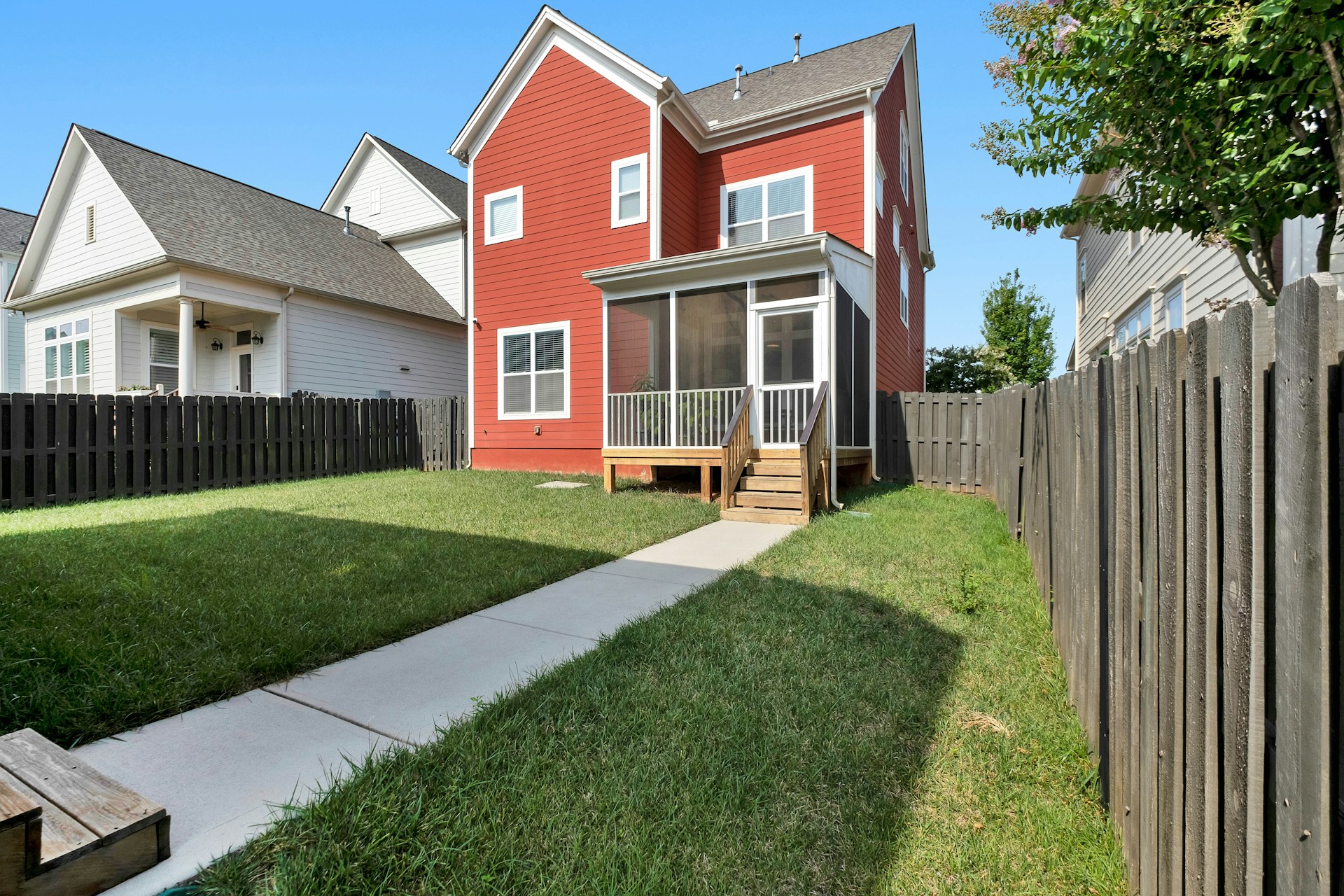

Question: What are the Key Benefits of Investing in Multi Family Properties?
Answer: Investing in multi family properties offers several benefits, including diversification of income streams, economies of scale, potential for higher cash flow, and increased property value appreciation. Additionally, multifamily properties often provide more stable rental income compared to single-family homes.
What are the Key Benefits of Investing in Multifamily Properties? The Advantages of Shared Living
For many investors, real estate represents a secure and profitable path. Within this broad market, multi-family properties offer unique advantages that can be particularly appealing. This blog post explores the key benefits of investing in multi-family properties, making it easier for you to decide if this investment strategy aligns with your financial goals.
Steady Cash Flow: A Cornerstone of Financial Security
One of the most significant advantages of multi-family properties is their ability to generate consistent cash flow. Unlike stocks that only pay dividends occasionally, multi-family properties provide regular income through rental payments from tenants. This steady stream of income can be a valuable source of financial security, helping to cover expenses, build wealth, and weather economic downturns.
Multi-family properties allow investors to leverage economies of scale. Compared to single-family homes, managing multiple units within a single property can be more efficient. Investors can share certain costs, such as maintenance and utilities, across all units, potentially increasing their profit margins.
Click here for more information on a multi family realty specialist
Please visit this page to see multi family real estate for sale
Related Article: What is a Good Return on Investment on Multi Family Properties?
Related Article: What is a Multi Family Property?
Building Long-Term Wealth Through Appreciation
In addition to steady cash flow, multi-family properties have the potential for significant long-term appreciation. As the population grows and demand for housing rises, the value of these properties can increase over time. This capital appreciation can be a substantial benefit for investors, offering a lucrative return on their investment. [ 1 ]
Investors can use various strategies to enhance the value of their multi-family properties. Upgrading amenities, renovating units, and improving property management can all contribute to increased rental income and overall property value.
Tax Advantages: Leveraging the System for Investor Benefit
Investing in multi-family properties offers several tax advantages that can significantly improve an investor’s bottom line. Depreciation, a non-cash expense, allows investors to deduct a portion of the property’s value from their taxable income each year. This can substantially reduce tax liabilities, increasing the overall profitability of the investment.
Multi-family property owners may be eligible for tax deductions on various expenses related to property ownership and maintenance. These deductions can include mortgage interest, property taxes, repairs, and insurance premiums. By taking advantage of these tax benefits, investors can maximize their returns and keep more money in their pockets.
Diversification: Spreading Risk and Building a Resilient Portfolio
Multi-family properties can play a valuable role in diversifying an investment portfolio. Unlike stocks or bonds, which can be highly volatile, real estate tends to be a more stable asset class. This diversification helps to mitigate risk and protect investors from sudden market fluctuations.
They are less susceptible to vacancy risks compared to single-family homes. If one unit becomes vacant, rental income from the remaining units can still help cover expenses. This diversification within the property itself offers an additional layer of security for investors.
Tangible Asset Ownership: Building Security and Control
Unlike stocks or bonds, which are essentially pieces of paper representing ownership in a company, multi-family properties are tangible assets. Investors have a physical stake in the property, providing a sense of security and control over their investment.
This tangible ownership allows investors to make direct decisions about their property. They can choose renovation projects, implement management strategies, and directly influence the value of their assets. This level of control can be appealing to investors who want a more hands-on approach to their investments.
Considering Multi-Family Properties? Weighing the Potential Drawbacks
Before investing in multi-family properties, it’s important to consider some potential drawbacks. Managing rental properties can be time-consuming, requiring tasks such as tenant screening, rent collection, and maintenance coordination. Investors may need to hire property management companies, which can add to the overall costs.
Additionally, multi-family properties can be more susceptible to vacancy periods compared to single-family homes. If multiple units become vacant at once, it can significantly impact an investor’s cash flow. Careful market research and strategic pricing can help minimize vacancy risks.
Finally, investing in multi-family properties often requires a significant upfront investment. The down payment and closing costs can be substantial. Investors should carefully assess their financial situation and ensure they have the resources to manage the property effectively.
Check out this page for more information about Jennifer Jewell
Conclusion: Weighing the Pros and Cons for Informed Investment Decisions
Multi-family properties offer a compelling investment opportunity for those seeking steady cash flow, long-term appreciation, and tax benefits. However, it’s important to weigh the potential drawbacks, such as management responsibilities and vacancy risks, before making a decision. By considering these factors and conducting thorough research, you can determine if multi-family properties align with your investment goals and risk tolerance.
References
1. https://www.investopedia.com/articles/personal-finance/041216/3-reasons-invest-multifamily-real-estate.asp


